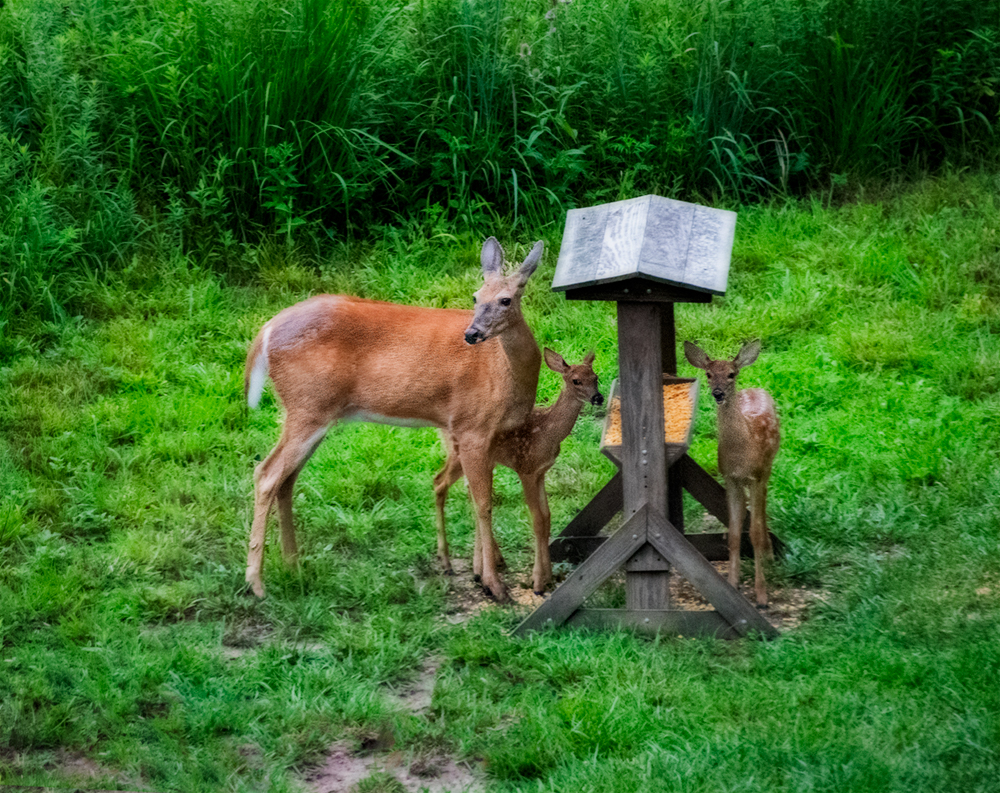Has our world continued on since 1914? Have millions of people come and gone, since that time? Have lives from all over the world, from all nations, some living in mud huts, others living in castles of gold, passed along the lines of these lands? Certainly, this planet has rolled around the sun, in fact, 106 times since that time. Oceans have risen, ice caps melted, forests have fallen. Wars have been fought. Operas have been sung. Couches have been sold at 50% from Vinnie’s World of Recliners and More. It all keeps going, all of it has kept going ever since.
Yet.
It was on this date, September 1, 1914, when Martha died. She was the last passenger pigeon on this earth. The last to fly, to breathe, to be here. She passed, in captivity at the Cincinnati Zoo. The absolute last of her species.
Two male companions had died in the same zoo in 1910. Then, Martha became a real celebrity at the Cincinnati zoo. Long lines of visitors would stand and wait to see her in her cage, looking out, waiting. Waiting for the day.
On that afternoon at the start of that September, she was found dead on the floor of her cage. They never say who found her. That person is most certainly dead now too. Within seconds, though, she was packed and frozen into a 300-pound block of ice. Like a fallen star, she was transported by fast train to the Smithsonian Institution in Washington, DC.
Once there, her body was carefully preserved as a taxidermy mount and an anatomical specimen. A dead, dead specimen. You can still see her if you want. She is on display. In an exhibit called Objects of Wonder.
Oh, objects of stupidity, we humans are.
You see. The passenger pigeon had been the most abundant species of bird in North America only decades earlier. Yes, they were everywhere, in flocks of hundreds and hundreds. That was the Passenger Pigeon’s survival tactic. Staying in large numbers. But then came us. We ran it into extinction because we didn’t like all those birds everywhere.
A huge hunting effort was put underway in the late 1800s. “Hardly a train arrives that does not bring hunters or trappers,” reported Wisconsin’s Kilbourn City Mirror in 1871. The hunters came in droves. The professionals and amateurs together went after those birds with brute force. According to Audubon’s account: “They shot the pigeons and trapped them with nets, torched their roosts, and asphyxiated them with burning sulfur. They attacked the birds with rakes, pitchforks, and potatoes. They poisoned them with whiskey-soaked corn.”
Their hunting tactics crushed the pigeons into extinction using the very thing the birds had used for survival. Because they stayed in large groups, the pigeons became easy prey. And by the hundreds, they died.
This makes me sad in immeasurable ways. We will never see another again. But imagine, all the pain and suffering we caused those innocent beings.
More than that, we have forever destroyed a part of this gift of our sacred earth.
The people at the Smithsonian, and other places too, say that their extinction helped to inspire our modern conservation ethic. Like that somehow makes it all worthwhile.
Because, some days, I look around this place, this big blue planet. I see it from the window of my computer screen. The window of the TV. I witness, daily, the continued blunderings of the human species. And I’m not sure we are learning anything at all.
Today, I promise, I will try to learn something. Anything. And fill it with good.
===========
“Any fool can know. The point is to understand.”
― Albert Einstein
===========
“The more I read, the more I acquire, the more certain I am that I know nothing.”
― Voltaire
===========
“People don’t get better, they just get smarter. When you get smarter you don’t stop pulling the wings off flies, you just think of better reasons for doing it.”
― Stephen King, Carrie
==========
List of CURRENT endangered animals: https://www.worldwildlife.org/species/directory?direction=desc&sort=extinction_status
===========
The specimen made from Martha’s remains is one of the most treasured possessions of the Smithsonian Institution. It is on public display in the museum’s Objects of Wonder exhibit. Description: Ectopistes migratorius, collected on September 1, 1914.
=========
